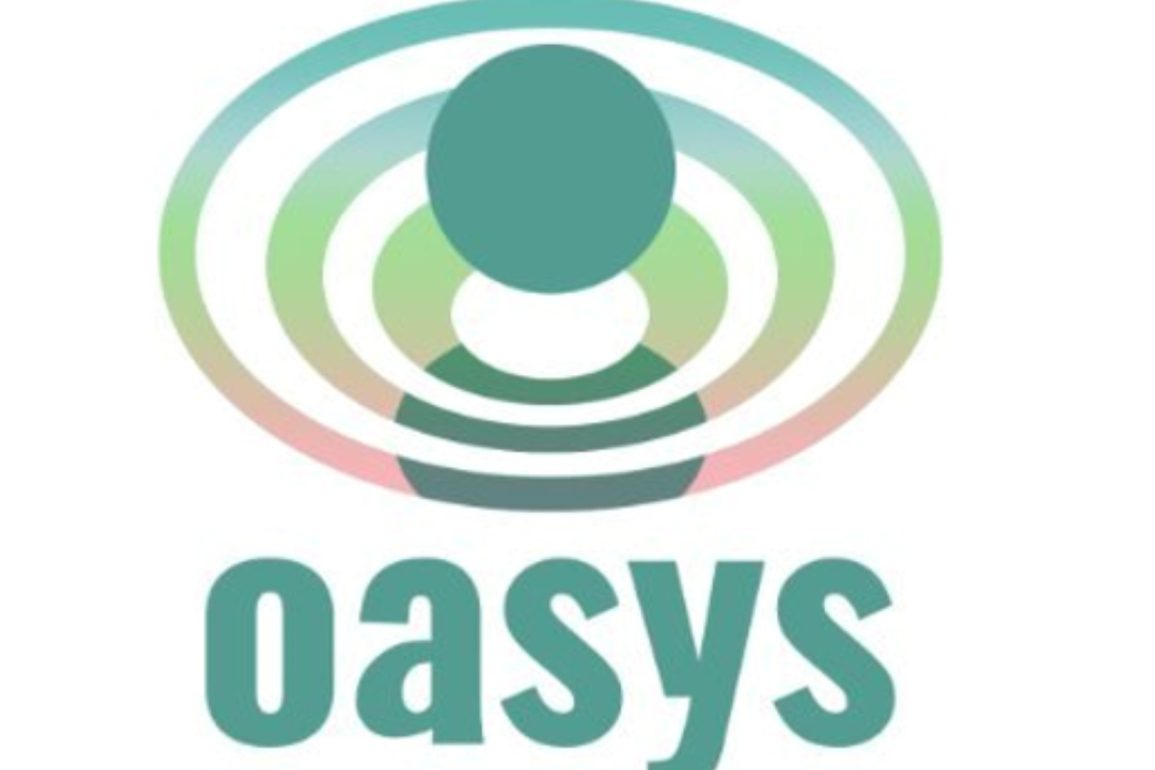- Bridged forms of USDC that follow Circle’s Standard can serve as a proxy to USDC in new blockchain ecosystems for developers and users.
Blockchain gaming ecosystem Oasys has announced a partnership with non-custodial asset bridge provider Celer to inaugurate Bridged USDC Standard support on the Oasys blockchain. The Bridged USDC Standard was developed by global financial technology firm Circle Internet Financial (Circle) to enable a potential upgrade path from bridged USDC to native USDC in the future for eligible blockchains.
Issued by Circle, USDC is the world’s largest regulated US dollar-backed stablecoin. Bridged forms of USDC that follow Circle’s Standard can serve as a proxy to USDC in new blockchain ecosystems for developers and users, offering a way to accelerate the adoption of dollar-denominated payments and financial activity before a potential upgrade to natively issued USDC takes place.
In collaboration with Celer Network, a new deployment of bridged USDC that follows Circle’s standard will be made available in the Oasys ecosystem to all developers and users. Effective immediately, this new bridged USDC will be known as “Bridged USDC (Celer)” with the token symbol “USDC.e”, and is backed 1:1 by USDC locked in Ethereum-based smart contracts.
Roadmap for circulating new Bridged USDC
Oasys has outlined a comprehensive transition strategy for circulating the new USDC.e. This multi-tier approach includes providing developers and users a full year period to swap to USDC.e or ‘un-bridge’ their legacy bridged USDC (known as “Legacy Bridged USDC (Celer)” with the token symbol “USDC.e-legacy”) back to Ethereum, underscoring Oasys’ dedication to user convenience and asset security throughout this transition.
Developers and users are encouraged to visit the Oasys blog for more detailed instructions on the swapping and bridging process, along with more information on the transition plans for moving to the new USDC.e.


